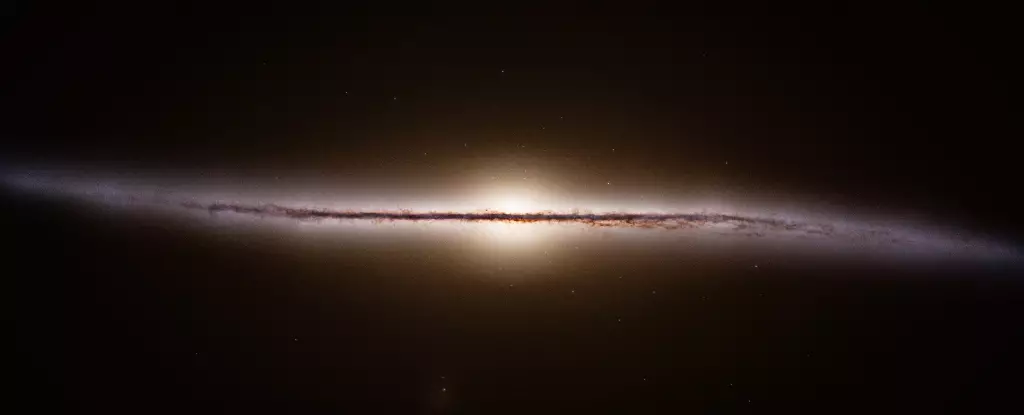The quest to comprehend the vast complexity of our galaxy has taken a monumental leap forward with the European Space Agency’s (ESA) Gaia mission. Launched in 2013, Gaia was designed not merely as an observational tool, but as a revolutionary project that was set to redefine our perception of the Milky Way. This mission has collected a staggering three trillion observations of around two billion stars and celestial objects, thus creating the most accurate and extensive three-dimensional map of our galaxy to date. Its findings have challenged long-standing misconceptions and illuminated new facets of our galactic environment.
The Significance of Mapping the Milky Way
A galactic map is more than just a static image; it is a dynamic portrayal of celestial motions and interactions over time. Prior to Gaia, our knowledge of the Milky Way’s architecture relied heavily on data from radio telescopes and prior missions, such as the 1989 Hipparcos mission, which highlighted the galaxy’s spiral form but lacked the scale and precision Gaia provided. This outdated framework left many questions unanswered about the Milky Way’s structure and behavior.
Radio astronomy (starting in the 1950s) laid the groundwork for understanding galactic structures by employing techniques that penetrated cosmic dust. However, the basic images that resulted still left astronomers yearning for deeper insights. The Gaia satellite not only built upon these foundations but expanded our understanding significantly by measuring the proper motions of stars—thus providing a living history of the Milky Way’s dynamic nature.
The intelligent design of Gaia allowed it to measure stars’ positions and movements with unprecedented accuracy. Unlike previous missions that focused on select stellar populations, Gaia engaged in an exhaustive approach, gathering data from nearly every corner of our galaxy. This exhaustive dataset has unveiled new structures and complexities within the Milky Way that we never knew existed. For instance, Gaia’s revelations have included the identification of previously unknown spiral arms and structural features, reshaping the framework through which we understand our cosmic neighborhood.
A particularly intriguing aspect of the mission is its focus on what astronomers refer to as “fossil arms” in the outer disk of the galaxy. These features may signify remnants of ancient interactions and gravitational disturbances, suggesting that our galaxy has a more tumultuous history than previously thought. Gaia’s observations allow us to glimpse into the past, demonstrating how interactions with other celestial entities, such as the low-mass Sagittarius Dwarf Spheroidal galaxy, have sculpted the Milky Way over billions of years.
Science and art often intersect, and Gaia’s mission has produced not only data but also inspiring artistic impressions that visualize our galaxy more vividly than before. Illustrations based on Gaia’s data have helped encapsulate complex ideas regarding the galaxy’s spiral arms and their subtle intricacies. For the first time, we can view the Milky Way from various perspectives, including a side view that showcases its slight wave, a structure caused by gravitational interactions that artists and scientists can now interpret in more meaningful ways.
These artistic renditions serve to communicate the mission’s findings to the public, bridging the gap between data and understanding. They represent a synthesis of scientific analysis with creative expression, ensuring that the essence of Gaia’s discoveries resonates with everyone, not just professionals in the field.
While the Gaia mission is officially concluding, its legacy will continue to evolve as scientists examine and analyze its immense data trove. The final data release, scheduled for 2030, is anticipated to unlock further secrets about the Milky Way. This ongoing venture into galactic understanding exemplifies the spirit of scientific inquiry—a reminder that the universe is a constantly unfolding narrative, and our story within it is far from complete.
The Gaia mission has performed an invaluable service to not only astronomy but to our understanding of the universe. By providing essential insights into the design and evolution of our galaxy, Gaia has transformed how we view the cosmos. Even as we await further revelations, it is clear that this mission has elevated our perspective of the Milky Way and will inspire generations to come in their pursuit of knowledge about our place in the universe.

